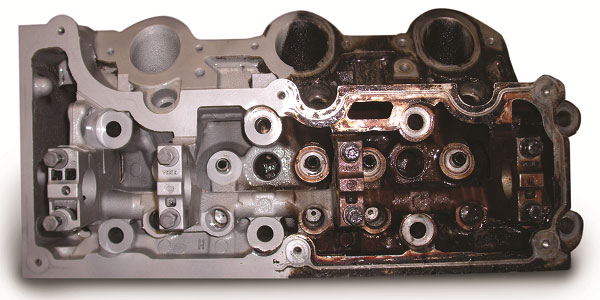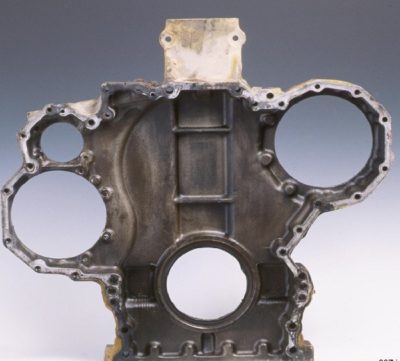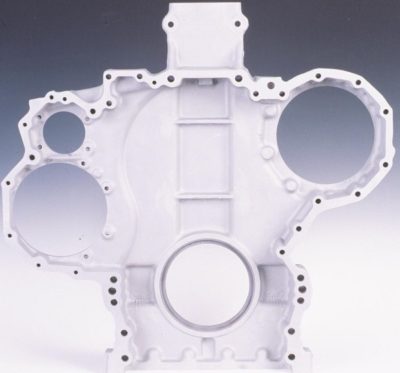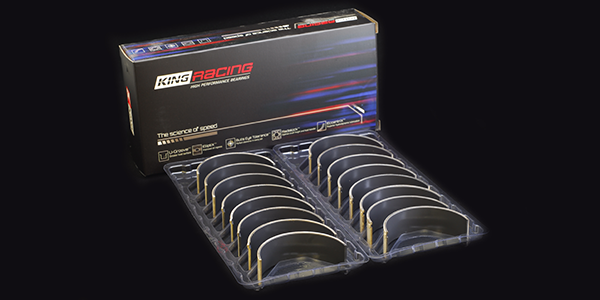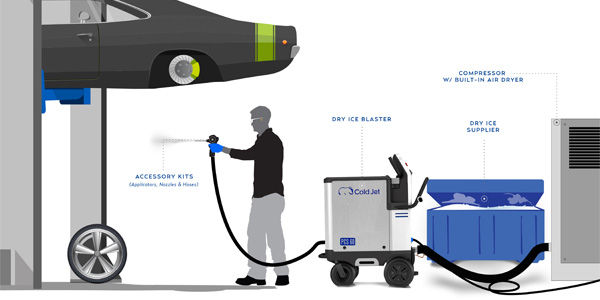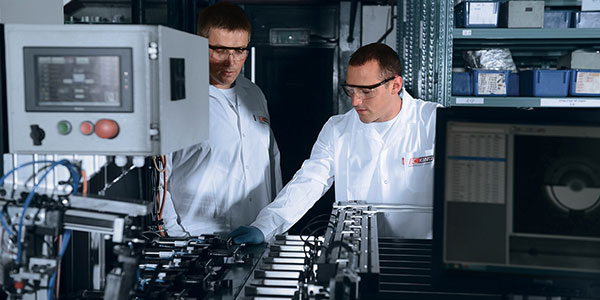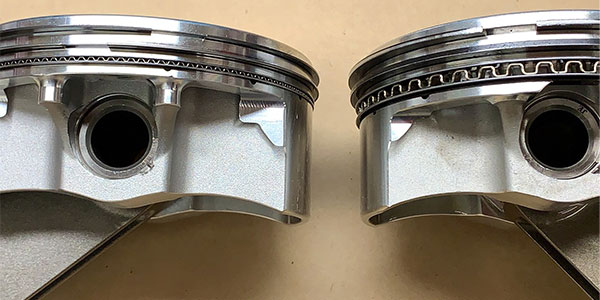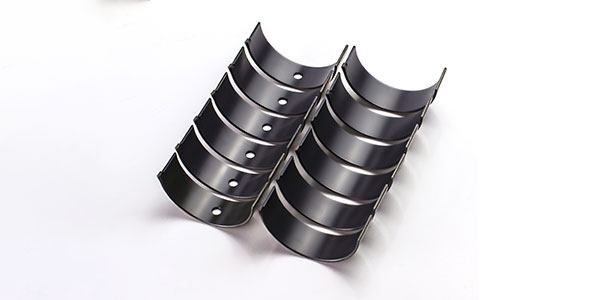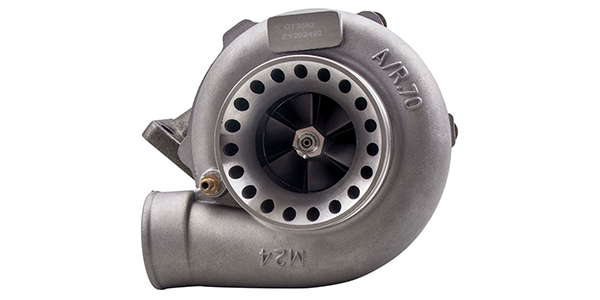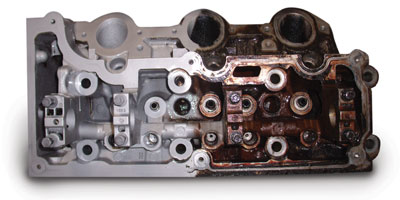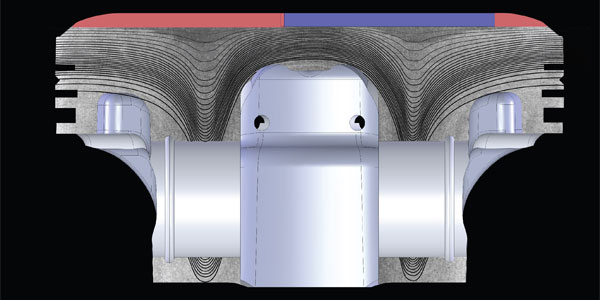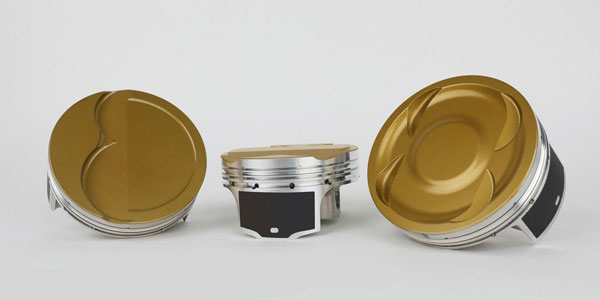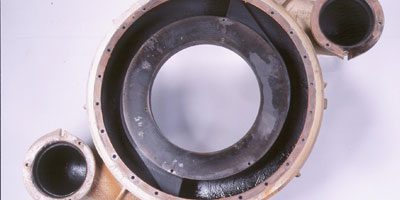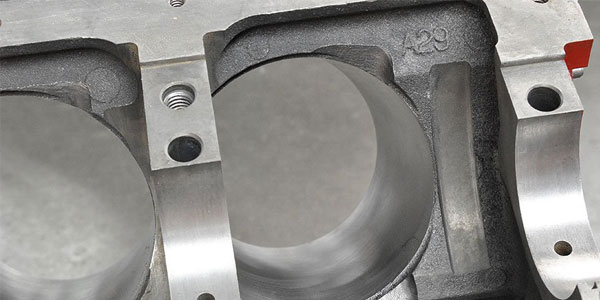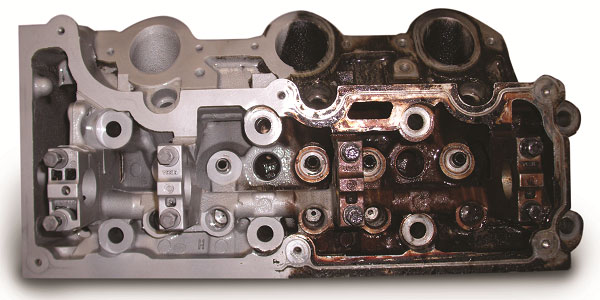
Sodium bicarbonate blasting or soda blasting, is a user-friendly process for the removal of grease, oil, burnt carbon and many other contaminates experienced in engine building. There are many different processes for cleaning parts and components before engines can be rebuilt, however they are not all equal. This article will explain the advantages of sodium bicarbonate blasting or soda blasting versus using chemicals and hard abrasive medias.
Let’s first start by discussing solvents. Solvents typically contain phenols, methylene chloride and a range of other hazardous chemicals. These solutions are highly toxic for both the environment and the technicians cleaning the parts and must be handled appropriately. Cleaning time can also take hours whether using a spray washer, ultrasonic or immersion tank. Additionally, both the spent chemicals and the rinse water used to clean the substrate are regarded as hazardous waste and must be disposed of accordingly.
Unlike cleaning solvents, baking soda does not involve the same handling concerns of toxic fumes or the danger of skin burns. Baking soda carries a “0” rating under the U.S. HMIS, meaning it is non-hazardous, non-toxic and biodegradable. It has a near-neutral pH of 8.2 and, unlike chemical solvents, is neither caustic nor corrosive. Furthermore, what can take hours to clean with chemicals takes mere minutes to clean with soda blasting.
When comparing baking soda to other types of abrasive medias there are many advantages. As a blast media, baking soda will not produce thermal sparks, so it can be safely used in areas sensitive to sparking. Moreover, baking soda creates less waste than other abrasive medias – less than 20 percent of the waste volume associated with sand blasting for the same level of work – which makes for easier residue disposal. Since it is not a U.S. Department of Transportation-controlled substance, spent soda can easily be conveyed to a landfill where local regulations require it.
Baking soda’s water solubility gives it further sustainability advantages. Unlike abrasives such as crushed glass that bond with contaminants to be removed, soda allows for separation from the contaminant in a water solution. By dissolving spent soda and filtering out the contaminants, the liquid solution can typically be discharged to open waterways or sewage treatment systems. In the case of the latter, baking soda can benefit waste water treatment because the introduction of soda blast media can help balance pH levels.
From the user’s standpoint, baking soda enjoys several advantages relative to competing hard blasting materials. While baking soda dust can be a mild irritant if breathed into the lungs or if it gets in one’s eyes, it carries none of the risks related to human contact that chemicals and many harder abrasive medias do.
When you’re cleaning surfaces that cannot be damaged, the only blasting abrasive to use is baking soda. The gentle physical propriety of baking soda, yet aggressive cleaning ability, is what makes it the only choice. Other hard blasting abrasives can remove surface material, which can cause permanent damage and even change the tolerances and specification of the part being cleaned, especially when the operator performing the blasting is not experienced. Baking soda’s gentle physical propriety is forgiving to compensate for inexperienced blasters as well as over blasting.
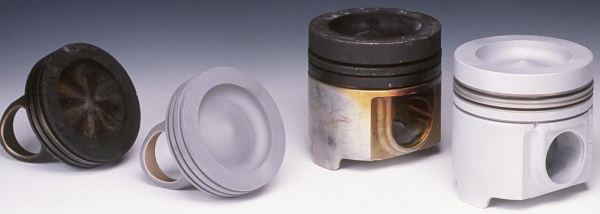
Whether the job is removing heavy grease and oils or old paint and gasket materials, baking soda blasting offers a user-friendly, environmentally safe, gentle yet effective way to clean a variety of substrates including steel, lead, aluminum, alloys, plastics, rubbers and composite materials.
This article was sponsored by ARMEX. For more information, please visit our website at www.armex.com

